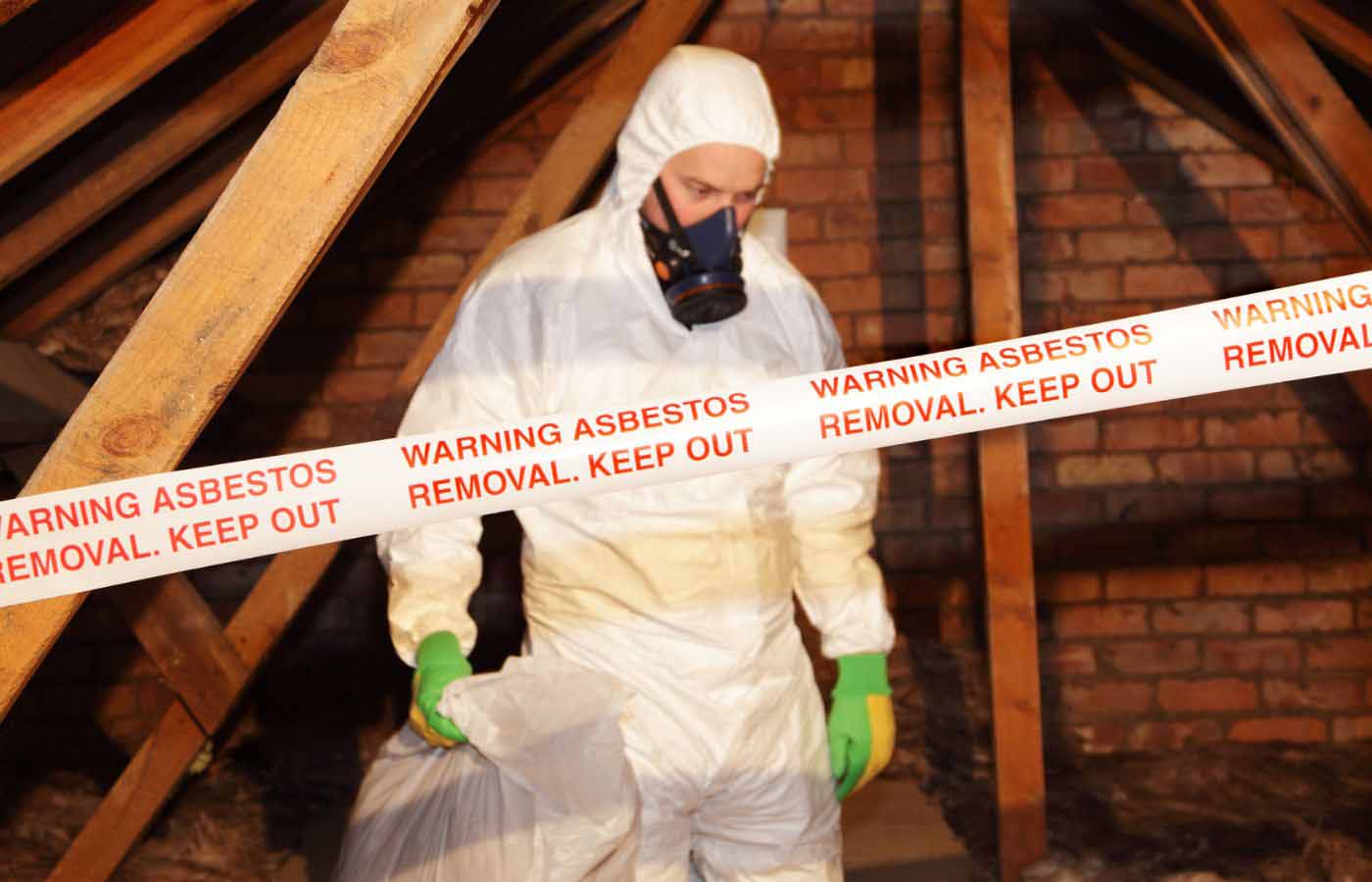Introduction
Have you ever wondered which type of asbestos is most likely to cause mesothelioma? You're not alone. This question dives into an important aspect of public health and safety, given the serious risks related with asbestos exposure. Mesothelioma is a rare but aggressive cancer mainly affecting the lining of the lungs, abdomen, or heart. The main culprit behind this disease is asbestos, a group of naturally occurring minerals known for their durability and heat resistance. Today, we will explore the types of asbestos and their specific links to mesothelioma, shedding some light on how these minerals can lead to such a harmful illness.
1. What is Mesothelioma?
Mesothelioma is a rare and aggressive form of cancer that mainly develops in the thin layer of tissue - the mesothelium, that covers the majority of your internal organs. Now you might wonder: how does one get mesothelioma? The answer to that lies in exposure to asbestos, a group of minerals made up of microscopic fibers.
In fact, when you ask "which asbestos causes mesothelioma?", the answer is quite simple: all types of asbestos have the possibility to cause this disease. However, some types are more potent than others.
In the world of mesothelioma and asbestos, no type is harmless. However, the degree of harm varies. Our focus is to understand this variation and the role of different types of asbestos in causing mesothelioma. So buckle up, because we're about to embark on a journey into the world of asbestos and mesothelioma.
2. The link between Asbestos and Mesothelioma
So, let’s move on to the next logical question: how are asbestos and mesothelioma linked? The answer, though a bit complicated, is quite enlightening!
When asbestos fibers are inhaled or ingested, they can get enter in the lining of the lungs, abdomen, or heart. Over time, these embedded fibers can cause swelling and scarring, which can lead to the development of mesothelioma.
It's a fascinating yet alarming process, and it underscores the importance of understanding the risks linked with asbestos exposure. A key point to remember here is that the link between asbestos and mesothelioma is not a probability, it's a certainty. If you're exposed to asbestos, your risk of developing mesothelioma significantly increases.
The connection between asbestos and mesothelioma isn't just a hypothesis; it's backed by decades of scientific research and countless case studies. So, when you wonder "which asbestos causes mesothelioma", the answer is as clear as daylight: all types of asbestos have the possibility to be a mesothelioma-causing agent.
3. Types of Asbestos: Chrysotile, Amosite, and Crocidolite
Now that we've got the connection between asbestos and mesothelioma sorted, let's talk about the different types of asbestos. In particular, we'll focus on three types: Chrysotile, Amosite, and Crocidolite.
Chrysotile
Chrysotile, also known as white asbestos, holds the title as the most commonly used type of asbestos. This sneaky mineral has found its way into countless homes, schools, and workplaces, often disguised in roofing materials, brake linings, and insulation products.
When you ask, "which asbestos causes mesothelioma?" Chrysotile often tops the list, simply because of its extensive use. However, don’t be fooled by its commonality; its fibers are just as dangerous and can lead to mesothelioma.
Amosite
Enter Amosite, or brown asbestos. Though not as common as Chrysotile, this type is still a major player in the world of asbestos. It's most commonly found in insulating boards, ceiling tiles, and thermal insulation products.
Despite its less frequent use, Amosite's potency is high. The fibers of this asbestos type are particularly dangerous. So, when we talk about "which asbestos causes mesothelioma", Amosite definitely makes the list.
Crocidolite
Last, but certainly not least, we have Crocidolite, known as blue asbestos. This is the most deadly of all asbestos types. Its fibers are extremely thin, which allows them to easily get into the lung tissue.
Even though blue asbestos is less commonly used, it's important to remember that it poses the highest risk when considering "which asbestos causes mesothelioma".
Each of these types of asbestos, in their own way, has contributed to the onset of mesothelioma in countless individuals. The danger they pose is real, and understanding them is the first step towards better prevention.
4. How Asbestos Exposure Leads to Mesothelioma
Alright, so we've identified the culprits: Chrysotile, Amosite, and Crocidolite. But how exactly do these types of asbestos go from being harmless minerals to causing a disease like mesothelioma? Let's break it down.
The Intrusion
The journey begins when asbestos fibers are disturbed and released into the air. This could happen during a home renovation, at a construction site, or even when handling certain products. When you breathe in, these microscopic fibers are inhaled and they make their way into your lungs.
The Lodging
Once inside, these fibers aren't the best guests. They settle in, reside themselves into the lung tissue and just refuse to leave. Your body does its best to remove them, but it's a tough job because these fibers are resistant to the body's natural defense mechanisms.
The Damage
Over time, these stubborn fibers cause swelling and scarring. This is where things start to get nasty. The continuous irritation disrupts the normal cell cycle, leading to errors and mutations. This is the stage where you might be thinking, "So this is how asbestos causes mesothelioma."
The Progression
Unfortunately, the story doesn't end here. These mutated cells begin to divide and multiply rapidly. This results in the formation of tumors, marking the final step in the journey of how asbestos exposure leads to mesothelioma.
By understanding this process, you're better equipped to appreciate why asbestos, particularly types like Chrysotile, Amosite, and Crocidolite, are such a threat. Awareness, as they say, is the first step towards prevention.
5. Risk Factors and Prevention of Asbestos Exposure
So, we've mapped out the horrible journey of how asbestos exposure leads to mesothelioma. But, let's not get too gloomy. This understanding can help us identify the risk factors and steps for prevention. After all, forewarned is forearmed, right?
Risk Factors
The word 'risk' can sound scary, but remember, it's not a definite sentence. It simply means that certain conditions or behaviors can increase the possibility of exposure to asbestos.
- Occupational exposure: Jobs in construction, shipbuilding, and insulation industries are more likely to come in contact with asbestos.
- Living with someone who works with asbestos: Asbestos fibers can hitch a ride home on clothing, potentially exposing family members.
- Older homes and buildings: Structures built before the 1980s often used asbestos-containing materials. Renovations or repairs can disturb these materials.
- Smoking: It doesn't directly cause mesothelioma, but smokers who are exposed to asbestos have a higher risk of developing lung-related issues.
Prevention Measures
But here's the good news: there are ways to reduce these risks. And it starts with knowledge—knowing which asbestos causes mesothelioma is half the battle.
- Know before you go: If your job involves possible asbestos exposure, make sure you're trained in handling materials safely.
- Suit up: Use protective clothing at work. And remember, don't bring those clothes home.
- Check your home: If you live in an older building, consider getting it checked for asbestos. If it's present, don't try to remove it yourself—get a professional.
- Quit smoking: This one's a no-brainer. Smoking is bad news on all fronts. If you're a smoker, quitting can reduce your risk of many health issues, including mesothelioma.
So, while it's true that asbestos—Chrysotile, Amosite, Crocidolite, and the rest—can cause mesothelioma, being aware of the risks and taking steps towards prevention can make a difference. It's a classic case of knowledge being power.
6. Treatment Options for Mesothelioma
The journey of understanding which asbestos causes mesothelioma has been a bit frightening, right? But let's not lose hope. Every cloud has a silver lining. In this case, it's the variety of treatment options available for mesothelioma.
Surgery
Under the knife isn't everyone's first choice, but it can be an effective way to remove the tumors. Two main types of surgeries are performed:
- Extrapleural pneumonectomy (EPP): This involves removing the diseased lung, part of the pericardium, (the membrane covering the heart), part of the diaphragm (the muscle between your lungs and stomach), and part of the parietal pleura (the membrane lining the chest).
- Pleurectomy/Decortication (P/D): This surgery aims to save the lung by removing the pleura and all visible tumor masses.
Radiation Therapy
Don't let the word 'radiation' scare you. It's a common treatment that uses high-energy rays (similar to X-rays) to kill cancer cells. It can be external—coming from a machine—or internal, where materials producing radiation are placed inside your body.
Chemotherapy
Chemotherapy uses drugs to kill cancer cells throughout the body. It's often combined with surgery or radiation therapy. A common drug for mesothelioma is pemetrexed, often paired with cisplatin or carboplatin.
Immunotherapy
This is a newer field of cancer treatment. It works by boosting your own immune system to fight the cancer cells. Drugs like pembrolizumab (Keytruda) and nivolumab (Opdivo) have shown the promising results.
Clinical Trials
Advancements in medical science are happening every day. Participating in clinical trials can give you access to excellent treatments that are yet to be available to the general public.
So, while it's important to know which asbestos causes mesothelioma, it's equally important to understand that a diagnosis isn't the end of the road. There's a host of treatment options available, and medical science is always innovating. Remember, hope is the best prescription.
Conclusion
Understanding which types of asbestos are most likely to cause mesothelioma is essential for both prevention and treatment. From Chrysotile, Amosite, to Crocidolite, each type of asbestos carries its own risks, with varying degrees of power. The connection between asbestos exposure and mesothelioma is a well-established fact, underscoring the importance of safety measures and awareness. While the journey from exposure to diagnosis can be distressing, advances in treatment options provide hope for those affected. By being informed and dynamic, we can better protect ourselves and our communities from the dangers of asbestos.


